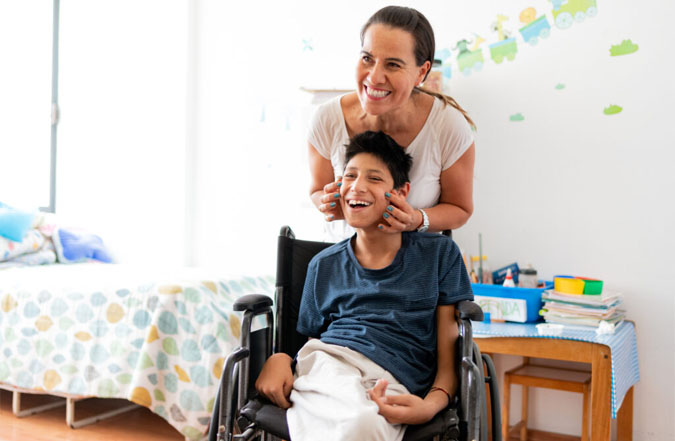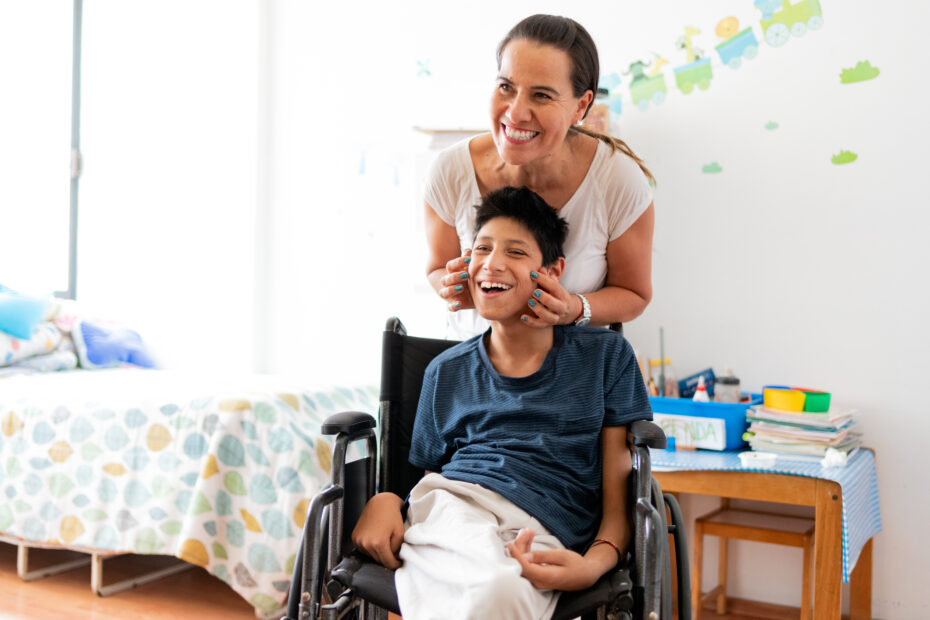
Many children and youth in foster care, adoption, or kinship care have experienced trauma and loss that can cause lifelong challenges and require special parenting approaches. Even without the impact of trauma, being cared for by someone other than your biological parents can create special issues of identity for children. Ongoing supports for children and their foster, adoptive, and kinship families can help address these issues and provide increased stability and well-being. Unfortunately, many families may not know about available support services or may be reluctant to access them.
Below, we offer ten ways agencies can inform families about support services. It’s particularly important to make sure families are both aware of services and understand that needing support is common, so they are willing and able to reach out early when challenges are typically easier to resolve.
- Include information about support in recruitment materials. As you recruit families, it’s important to include messages about how your agency will provide support to help families succeed in their foster, adoptive, or kinship journeys. Add details about support programs to brochures, flyers, and other recruitment materials, and also have staff share information about support services in conversations at recruitment events or in outreach to potential relative caregivers. Sharing information in this way can also help reassure parents who are considering foster care, adoption, or kinship care, but are worried about whether they can meet children’s needs. You can learn more about how support services can strengthen recruitment efforts by watching this AdoptUSKids 90-minute webinar on the topic.
- Develop special brochures and flyers about support services. Agencies should create materials that clearly articulate what support services look like for families and how they can access help. Staff can share these items during the licensing and preparation process, at placement and finalization, and periodically over time after placement and finalization.
- Bring service providers to orientation and training sessions. As prospective families move through the process of becoming licensed, it’s a great time to let them know how your agency will support them over time. Having support program staff personally explain the available services can normalize the need for support and make it easier for families to reach out when they are facing challenges.
- Connect families with their peers. Some of the best support comes from other foster, adoptive, or kinship parents. In addition, these parents often know about post-placement services that have helped their families. You can help foster connections with experienced peers through in-person or virtual support groups, mentoring or buddy programs, or family activities. You can find more suggestions for strengthening family support on the AdoptUSKids’ page about the subject.
- Train recruitment, licensing, and other pre–placement staff about available support services. Too often, especially in larger agencies, staff in one area may not know what’s happening elsewhere in the agency. Informing staff who serve prospective families about your jurisdiction’s support services is a great way to be sure they know what to share with families. You’ll want to make sure staff are able to help families understand that it is normal to need support after placement.
- Invite and be open to questions from parents. Common questions from prospective parents during the early stages of their journey can include: What are the needs of children in care? Do I have the right skills and knowledge to meet those needs? How can I build my skills? Staff should be ready to answer these questions and to talk about how support services are designed specifically to address such concerns. It’s also important for staff to solicit questions by asking prospective parents if they have any concerns or worries as they consider placement through foster care, adoption and kinship care. Some people won’t talk about fears or potential challenges without an open invitation to share.
- Conduct outreach over time and in the community. At placement or finalization, families can be excited, distracted, and/or busy and may not take in all the information shared. For many families, challenges can arise years after placement, often when children begin going to school or when they approach adolescence. Proactive, regular outreach to families reminds them that many foster, adoptive, and kinship families need extra support from time to time and lets them know what’s available to them. Outreach might include regular email updates to your families, outreach to public and private agency staff and partners, and meetings with community providers who work with children and families (such as doctors, mental health providers, schools, and others). Many jurisdictions share contact information for newly licensed families or families who have just finalized adoptions or guardianships with their contracted support service providers so they can send welcome packets or emails about the program. Learn more about creating a formal outreach plan by reading this article from the National Center for Enhanced Post-Adoption Support.
- Make a formal handoff to post-permanency support providers for adoptive and guardianship families. After adoption and guardianship finalization, most families no longer have a caseworker to call if difficulties arise. Consider inviting staff from the post-permanency program to one of the agency’s last meetings with families before finalization or setting up a special meeting between the family and the post-permanency staff. During this handoff meeting, families learn about available support and begin to develop a relationship that may make it easier for them to seek help when they need it.
- Be clear about which families can access services. If your support program serves families who adopted privately or from other countries, make sure that’s articulated on your website and in brochures and outreach efforts. If you have specific services for kin or guardianship caregivers, make that clear too. Many families may be reluctant to reach out if they think the support program isn’t intended for them.
- Post clear information about support services on the agency’s website. It’s best to share information about post-placement services alongside information about fostering or adopting from foster care, so families see the agency as a supportive partner for the long term. As part of web posting, be sure to check that searches for struggling foster or adoptive parents or youth bring up helpful pages on your website.
To develop the best information-sharing plan for your agency, consider bringing together individuals from your recruitment, pre-placement, and support teams to discuss how you can operationalize the above tips and blend them with your own ideas. Making sure foster, adoptive, and kinship families are aware of support services (and are comfortable reaching out) is a critical piece of agencies’ efforts to ensure that children have permanency, stability, and well-being.
